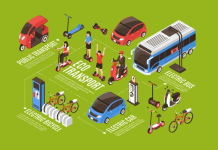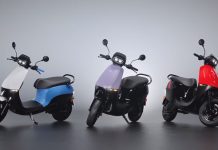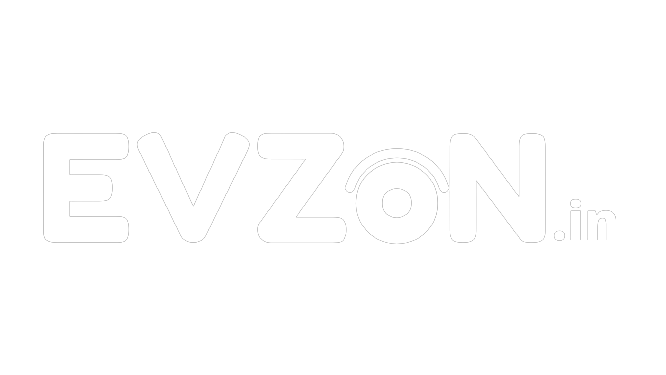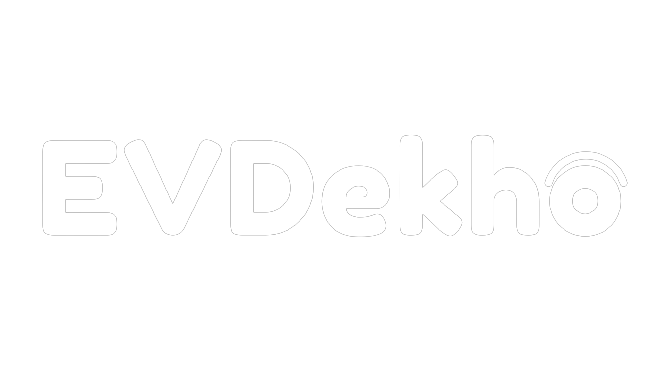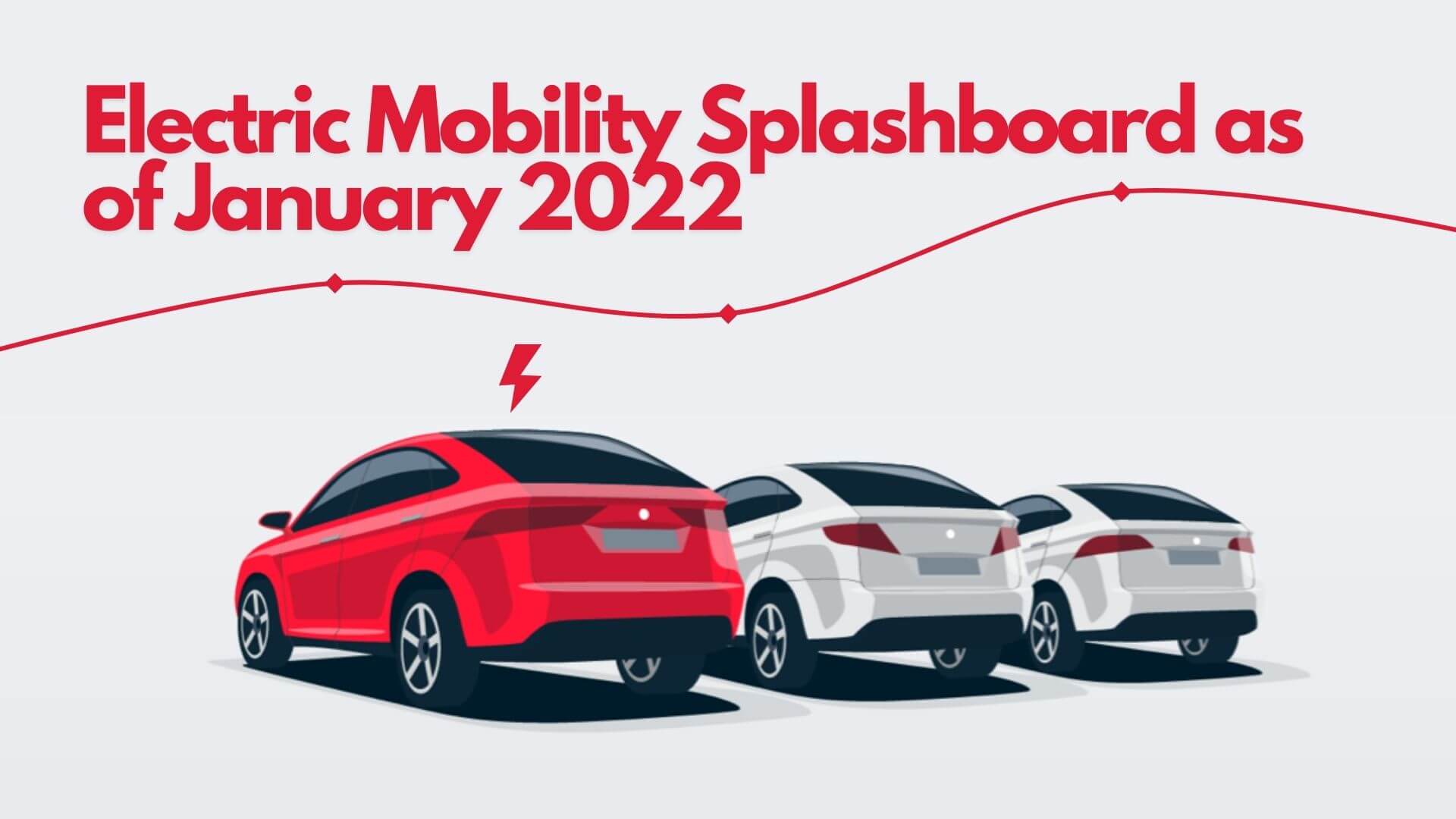 As of January 2022, FY22 includes total registered EVs in India across all vehicle types.
As of January 2022, FY22 includes total registered EVs in India across all vehicle types.
 Represents all targets met under the FAME II scheme for the period April 2019 – January 2022.
Represents all targets met under the FAME II scheme for the period April 2019 – January 2022.
The FAME-II scheme, which aims to accelerate the adoption and manufacturing of hybrid and electric vehicles, was initially planned to last for three years, concluding on March 31, 2022. It was extended for another 24 months, till March 31, 2024, earlier this year.
EV sales were broken down per vehicle category. Other categories, such as public service vehicles, make up the remainder.
Table of Contents
EVs Sold for Every 1000 Non-EV

The Delhi government’s electric mobility program has been hailed as the most innovative in India. All EVs are now exempt from paying road tax and registration costs in Delhi, making it the first state to do so.
The eligibility conditions were also reduced and made universal, allowing more people to benefit from the subsidy. The establishment of 201 charging stations has been made possible by the Delhi government and Discoms.
 INR 8,848 For a high-speed 2W in the Delhi NCT, assume a daily range of 30 km on weekdays and 10 km on weekends.
INR 8,848 For a high-speed 2W in the Delhi NCT, assume a daily range of 30 km on weekdays and 10 km on weekends.




EV manufacturing has seen a slew of new entrants. Especially in the EV space for two-wheelers. Hero Electric, Ather Energy, Ampere Vehicles, Kinetic Green Energy & Power Solutions, Okinawa Autotech, and Lectro E-mobility are just a few of the prominent electric vehicle manufacturers.
Many situations exist when firms rush to market their products without sufficient research and development, resulting in the product catching fire and endangering the lives of both the rider and the dealer who invests his hard-earned money to run the brand.


The two-wheeler segment in India has been posting de-growth over the past several months. Rising fuel prices, increasing input costs, and an otherwise challenging economic situation both among rural and urban buyers have taken their toll on petrol scooter sales.
The same cannot be said about the electric two-wheeler segment that has been seeing sales increase by leaps and bounds over the past several months.
Category-Wise EV Sales


EV Charging Stations in India


Initially, the government has focused more on these nine megacities (with a population of over 4 million). The government’s strong efforts through multiple implementing agencies have resulted in a rapid expansion of public EV charging infrastructure installations.


The Oil Marketing Companies have announced the installation of 22,000 electric vehicle charging stations across the country, including in major cities and along major roads.
IOCL will install 10,000 electric vehicle charging stations, Bharat Petroleum Corporation Ltd. (BPCL) will install 7,000, and Hindustan Petroleum Corporation Ltd. will install the remaining 5,000. (HPCL).









More manufacturers are stepping forward to develop India’s Electric Vehicle production potential as a new tomorrow dawns in the sphere of EV Charging Stations in India.




Electric vehicle charging facilities are becoming more prevalent. The majority of charging stations you’ll come across are AC chargers. Until recently, the sole alternative was to use an AC charger. However, many firms have created a new technology called DC Fast Chargers in recent years. Companies can now use a new sort of technology to charge vehicles more quickly than traditional AC chargers.




Electric Vehicles Sales- Jan. 2022


2,57,648 EVs sold under the FAME II scheme till now.






Savings on Electric Vehicles
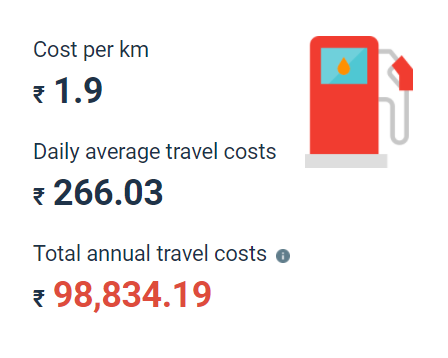



Daily distance traveled
Over an average weekday = 192 km
Over an average weekend = 10-15 km
When compared to a Two-Wheeler (High Speed) ICE car operating on petrol, driving a Two Wheeler (High Speed) EV in Gujarat can save up to 251.03 per day.
Electric mobility Tailpipe CO2 emissions







